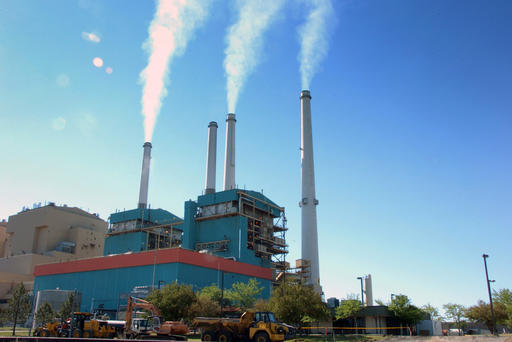Coming clean about the Clean Power Plan
September 26, 2016 by Ken Ward Jr.
Tomorrow is a big day for coal and energy issues, what with the U.S. Circuit Court of Appeals for the District of Columbia set to hear oral argument in the case trying to stop the Obama administration’s Clean Power Plan.
Lots of eyes in West Virginia will be watching, and we’ve covered the implications of this issue before (see here, here and here).
There’s a bunch of stories out there nationally that provide various sorts of previews of tomorrow argument.
The New York Times, for example, takes this angle:
The pitched battle over President Obama’s signatureclimate change policy, which is moving to the courts this week, carries considerable political, economic and historical stakes. Yet its legal fate, widely expected to be ultimately decided by the Supreme Court, could rest on a clerical error in an obscure provision of a 26-year-old law.
That error, which left conflicting amendments on power plant regulation in the Clean Air Act, will be a major focus of oral arguments by opponents of Mr. Obama’s initiative when the case is heard on Tuesday in the United States Court of Appeals for the District of Columbia Circuit.
The initiative, known as the Clean Power Plan, which Mr. Obama sees as at the heart of his climate change legacy, gave the United States critical leverage to broker the landmark 2015 Paris climate change accord. If the plan is struck down, the United States, the world’s largest carbon polluter over the centuries, will lose its main tool to cut greenhouse gas emissions. If it is upheld, it will transform the nation’s electricity system, closing hundreds of coal-fired power plants and setting in motion a wholesale shift to wind, solar and nuclear power, as well as to improved electric transmission systems.
And here’s The Washington Post:
President Obama’s signature effort to combat global warming will be in the hands of federal judges this week, as an appeals court in Washington weighs the legality of the administration’s plan to force sharp cuts in power plants’ carbon emissions and push the nation toward cleaner energy sources.
Even after a marathon hearing Tuesday, the legal questions about the Clean Power Plan are almost certain to remain unresolved when Obama leaves office. But the outcome of the case ultimately could shape the president’s environmental legacy and influence how millions of Americans get their electricity.
“It’s the big kahuna,” said David Doniger, a senior attorney for the Natural Resources Defense Council, which backs the proposal.
The sprawling, unpredictable legal battle — which has attracted attention from the Supreme Court — pits the nation’s leading environmental groups, climate scientists and even tech giants such as Apple against more than two dozen states, industry groups and conservative lawmakers.
There are many others, including pieces from EnergyWire, The Wall Street Journal, and The Daily Caller.
Locally, the Daily Mail editorial page had an op-ed from West Virginia Attorney General Patrick Morrisey, who is among those challenging the EPA rule, and West Virginia Public Broadcasting had a brief preview that included these comments from the AG:
We know that over the last number of years that the regulatory onslaught has play a part in the onslaught of the loss of coal jobs. There are other factors, I would concede, but the regulatory onslaught has been a factor.
It was nice to see AG Morrisey acknowledge the “other factors” that have led to coal’s decline, something we’ve certainly tried to convince public officials to face up to over these last few years (see here, here and here, for example). As with election stories these days, it’s often easy for public officials — and voters — to get away with spouting the coal industry line without ever being confronted by journalists with facts about coal’s decline and the reality of the challenges faced by coalfield communities — even if the AG and his allies manage to win the day in court.

 Subscribe to the Coal Tattoo
Subscribe to the Coal Tattoo
